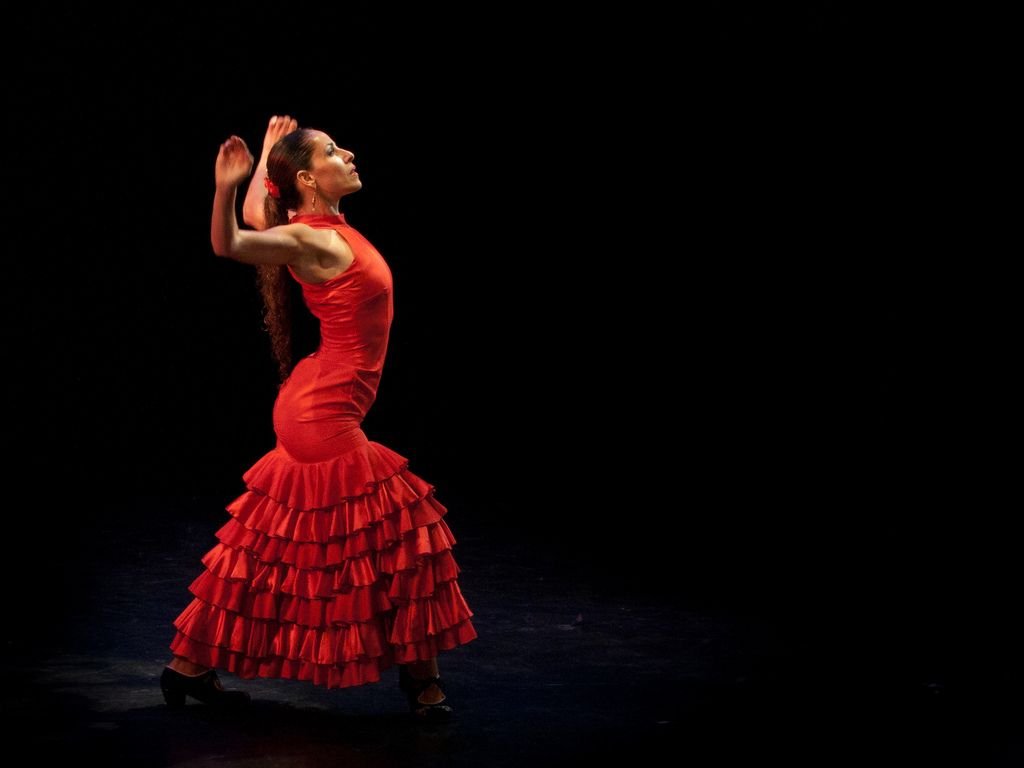Celebrating Worldwide Week: Spain

The British jazz pianist Leonard Feather once famously said that Spain is “a desert for jazz.” While Spain may not be the first country that comes to mind when one thinks about jazz, the nation has had quite a complex history with this genre of music. Although jazz was initially censored and suppressed within the country, over the years Spain has taken this liberating art form and made it uniquely their own.
Spanish jazz,not to be confused with the wider genre of Latin jazz, is often marked by flamenco influences. In many ways, the traditional and folkloric music of flamenco actually mirrors that of jazz. Both are marked by musical spontaneity, improvisation, and quick, bursting rhythms. Yet, flamenco is most notably recognized for a particular conglomeration of sounds: the warm strum of the Spanish guitar, the stomping of feet, the clapping of hands, the snapping of fingers, and above all, the soulful fervid cry of the singer.
Jazz first came to Spain during the 1920’s, hundreds of years after the sounds of flamenco had already seeped into the country. Initially introduced from the United States to Barcelona ballrooms, jazz clubs soon began to open up in cities throughout Spain. However in the 1930’s, “The Golden Age of Jazz” failed to take root in Spain, interrupted by the outbreak of Spanish Civil War in 1936. Shortly after, with the establishment of dictator Francisco Franco’s regime, any provocative or threatening Western ideas were suppressed and jazz was pushed underground.
It wasn’t until much later in the 20th Century towards the end of Franco’s dictatorship that jazz reappeared in mainstream music. The 1950’s and 60’s are noted for this comeback and the introduction of a completely new style of music: “jazz-flamenco.” Today, the blending of these two styles is emblematic of Spanish jazz and has led the country to have its fair share of influence within the world of jazz. Every year, Spain holds a considerable number of renowned jazz festivals attended by artists from all over Spain, as well as all over the globe.
Spain’s distinct growth of jazz is quite fascinating. Although heavily influenced by traditional American jazz, Spanish jazz ultimately grew into a genre of its own on Spanish soil, where it was influenced by Spanish culture, language, and artistic tradition. This transformation should remind us all of the unyielding power of jazz--a musical genre that can be molded and shaped to different cultures across time and space, while still retaining its universal themes of freedom, passion, and genuine human expression.
Marta Lasota is a DJ for the Jazz Spectrum. She plays Wednesdays, 7-9am. Tune in to the Jazz Spectrum Monday-Friday from 5am-1pm.